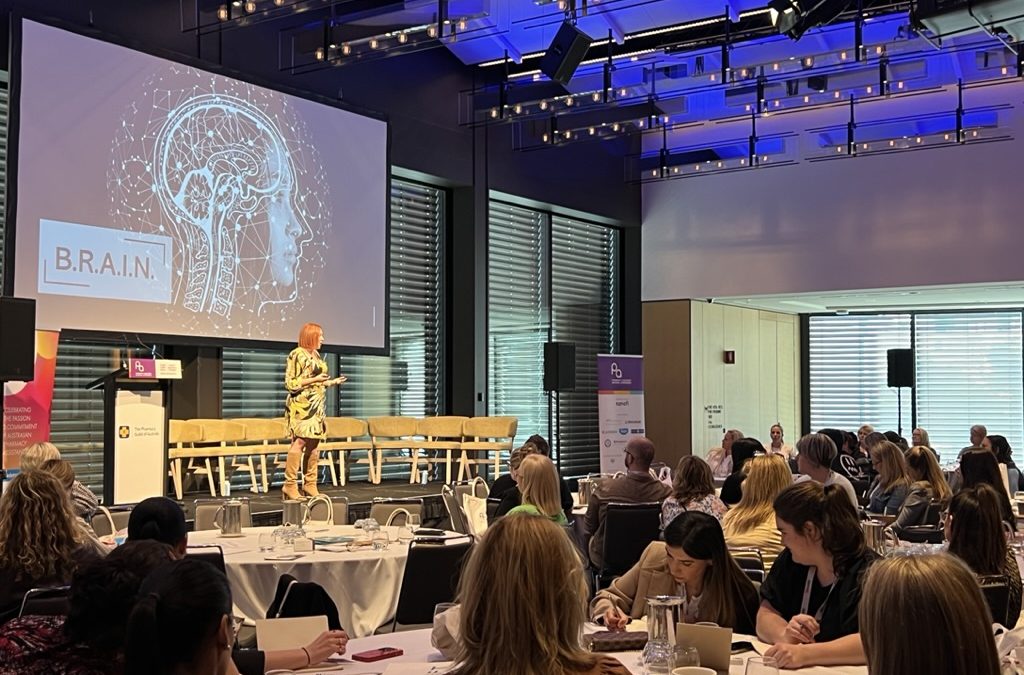I recently called a restaurant to find out if it was dog friendly so I could bring my old boy, Eddie, along.
But it wasn’t a human who answered. It was Sadie, the “AI receptionist.”
Now typically this is where I’d roll my eyes at the impersonal touch and robotic undertones, ready to get annoyed at the incompetence and having to press aaaaall the buttons just to get a simple answer.
But this time, something was different.
Sadie sounded friendly. She was so personable that I second-guessed hearing correctly when she had introduced herself – ‘This is Sadie, your AI receptionist.’ And when she asked how she could help, I found myself answering with the same courteous tone I’d use with a real-life human. She answered my question, and the whole interaction honestly blew my mind.
Ironically, I was smack-bang in the middle of writing this article and Sadie was the perfect example of my point: that we need to use AI in our business, but we need to use it well.
Let’s explore what this looks like. Because right now, I’m seeing a lot of salespeople and leaders falling into one of two camps when it comes to AI:
- Ignore it – fearful and confused about how to use it well and don’t have time to get their head around it
- Overusing it – pumping out generic, obviously AI-written emails and scripts that blow up what little trust there already is in a cold-to-warm market
Both camps are dangerous.
Ignore AI, and you leave efficiency and insight on the table.
Overuse it, and you lose the meaning, connection and credibility that helps you build stronger relationships and close more deals.
The real opportunity sits in the middle: using AI as a tool, not a crutch.
And remembering that tools only work when we use them, and we use them well!
The Hubspot 2025 Sales Trends report shows that 8% of sales reps don’t use AI at all and 32% say leveraging AI is one of their biggest challenges in the sales process.
This tells us there’s still plenty of room for growth in how we build our relationships with AI and integrate it into the way we sell.
Interestingly, the report also showed that 74% salespeople say AI tools have made buyer research easier putting more pressure on them to deliver value.
It serves us well to consider: what is our role as salespeople in the modern sales landscape? It has certainly evolved over the years, arguably more in recent times than ever before!
The danger zone of AI in your sales process.
We’ve all seen it. Generic LinkedIn messages, overuse of em-dashes, proposals or scripts that scream “auto-generated”.
They might save time initially, but they cost you something much bigger in the end.
That cost … is trust.
The biggest USP (unique selling point) of your business is your salespeople. They’re the front line of your brand – often the very first interaction someone has before they know the details of your product or service.
Buyers are savvy. They can smell inauthenticity a mile away.
When your outreach or nurture feels generic, you’re not just ignored… you risk damaging your brand.
With trust already at an all-time low, protecting and building it must be non-negotiable in your sales and growth strategy.
The smartest play? Combine the power of AI with the personality and presence of your salespeople.
How to get it right!?
It comes down to applying critical thinking and human judgement at every step while also building awareness of AI tools that can help your salespeople in an organic ‘Sadie-like’ way.
Based on what I’m seeing in market and the assistance of Chatty Cathy (aka my own trained ChatGPT Bot) I’ve created a short list of ways you and your team could be using AI to maximise sales opportunities.
🔹 ChatGPT-style generative AI (like OpenAI, Gemini, Claude) is mostly being used for:
- Drafting and proofing emails, proposals, LinkedIn posts
- Brainstorming objection responses *Note some people are taking this to the next level and doing full-blown role plays now that voice option is available. There’s huge potential for sales leaders to work with this.
- Researching prospects and markets
- Summarising calls/meetings
- Creating pitch decks and presentation slides
🔹 Specialised sales AI platforms (built into CRMs or standalone tools like Gong, Outreach, HubSpot, Salesforce Einstein, etc.) are being used for:
- Lead scoring & prioritisation
- Conversation intelligence (analysing calls/emails)
- Forecasting and pipeline insights
- Guided selling prompts
- Workflow automation
So, think of it like this:
- ChatGPT = versatile assistant (great for content, research, and drafts).
- Sales AI platforms = embedded specialists (great for CRM data, forecasting, sales-specific analytics).
The middle ground is where the magic happens.
We can’t deny that AI gives speed and access to more information than we’ve ever had before. But it’s the people and the human perspective that give it meaning. The businesses that learn to harness both will be the ones who lead the market.
The businesses that win won’t be the ones who ignore AI, or the ones who outsource their voice entirely to it without intention.
They’ll be the ones who found the middle ground, getting creative with how they apply AI across their sales function, while keeping the heart of selling where it belongs: with their people.

